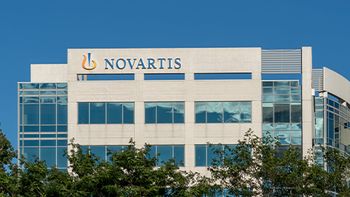
GS1 updates its serialization documents
A standard, a user guidance and a business vocabulary; not for pharma applications alone
It’s not widely recognized inside the pharma industry, but the product identification and tracking procedures promulgated by the GS1 organization—and which have been accepted by FDA as an appropriate system for implementing the goals of the Drug Supply Chain Security Act (DSCSA)—are already in use in other industries around the world. So, when an update to the EPCIS standard, a key component of the GS1 system, occurs, it creates a next step for applying the update to pharma and healthcare tracking systems. Such an update occurred in September, with the publication of a new EPCIS standard, along with a complementary standard, the Common Business Vocabulary (CBV).
Now the GS1 US organization has followed up with a
The changes from EPCIS 1.1 to 1.2 affect a variety of details in formatting and recording supply chain events, says Peter Sturtevant, senior director, healthcare at GS1 US Healthcare, but they boil down mostly to ensuring that item-level data (as opposed to the lot-level data, an already established requirement of DSCSA) can be properly handled, and that a variety of exceptions to regular data exchanges (the so-called “happy path” of a product’s movement through the supply chain are addressed. “Most of these exceptions fall into four categories,” he says: “when a trading partner receives a shipment with no EPCIS record; when the record is received but no physical product has been delivered; when there are changes needed in the barcode identification; and when there are errors on both the shipping and receiving ends. A ‘choreography’ of steps are being recommended for resolving these exceptions.”
Potentially, when a problem crops up with the delivery of either product, or its EPCIS data, the receiver (typically a wholesaler) must quarantine the product temporarily until the problem is resolved. Wholesalers and others, though, are averse to expanding the time or effort spent on exception management; the goal is to make it as automated as possible to keep inventory in motion. One of the advantages of EPCIS in this regard, says Sturtevant, is that it enables back-and-forth communication between shipper and receiver—something done with difficulty, if at all, when more conventional ASN (Advanced Shipping Notice) communications are performed via EDI standards.
While Sturtevant notes the two years of effort that went into the implementation guide, he says a next one is likely in the not-too-distant future; especially since FDA is behind on its own guidance documents for DSCSA compliance. The GS1 US Healthcare work group represents a broad constituency, comprising 13 solution providers, 11 manufacturers or packagers, four wholesaler/distributors and several trade associations and industry consultants.
Newsletter
Stay ahead in the life sciences industry with Pharmaceutical Commerce, the latest news, trends, and strategies in drug distribution, commercialization, and market access.





